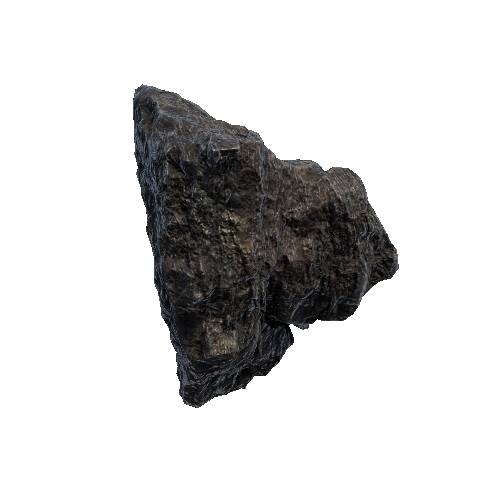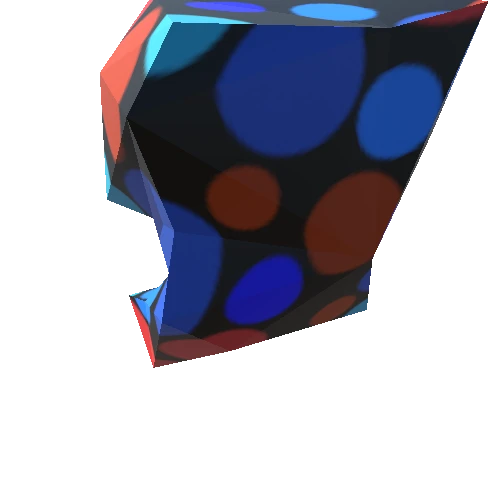Select or drop a image or 3D model here to search.
We support JPG, JPEG, PNG, GIF, WEBP, GLB, OBJ, STL, FBX. More formats will be added in the future.
Asset Overview
**Transposition of Great Arteries**
This patient demonstrates one of the most common forms of cyanotic congenital cardiac disease, transposition of the great vessels. Like the majority of transpositions, no other visceral anomalies are noted and there is an intact ventricular septum. A balloon atrial septostomy was performed as is standard practice but this failed to produce long-term palliation. An intra-atrial deflecting baffle was placed which at post-mortem appeared to be in a functional position, securely placed. Postoperatively, with flow appropriately rerouted, myocardial function was poor. This was due to infarction of the right (systemic) ventricle. There is extensive hemorrhage and myofiber necrosis microscopically, the cause of which is unclear. No anomalies or obstruction of the coronary arteries was found. The pulmonary hemorrhage is presumably due to the failure of the systemic (right) ventricle.












